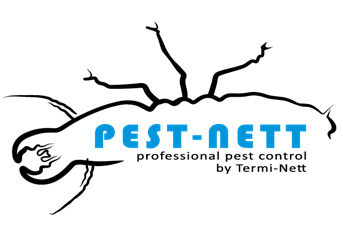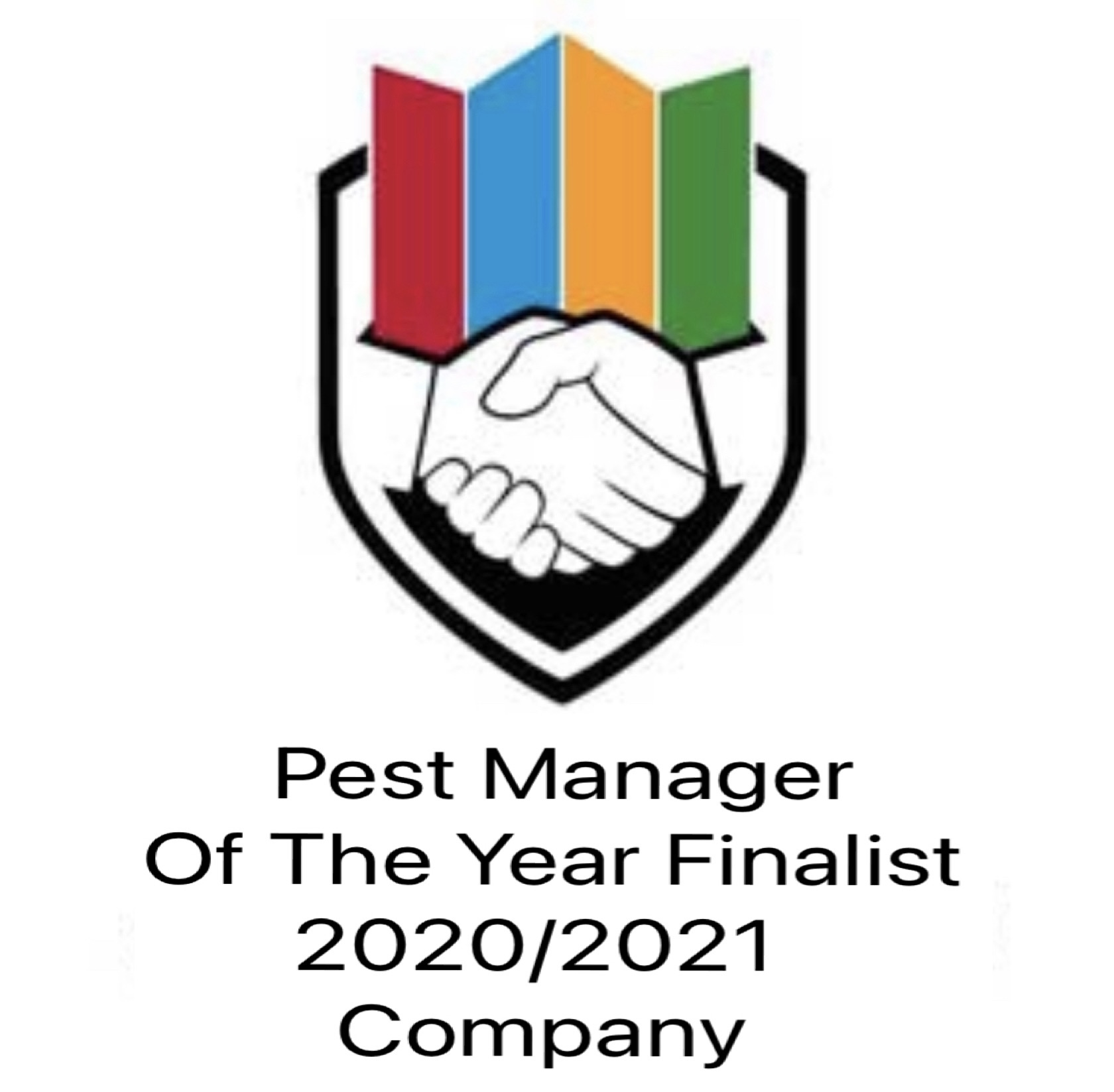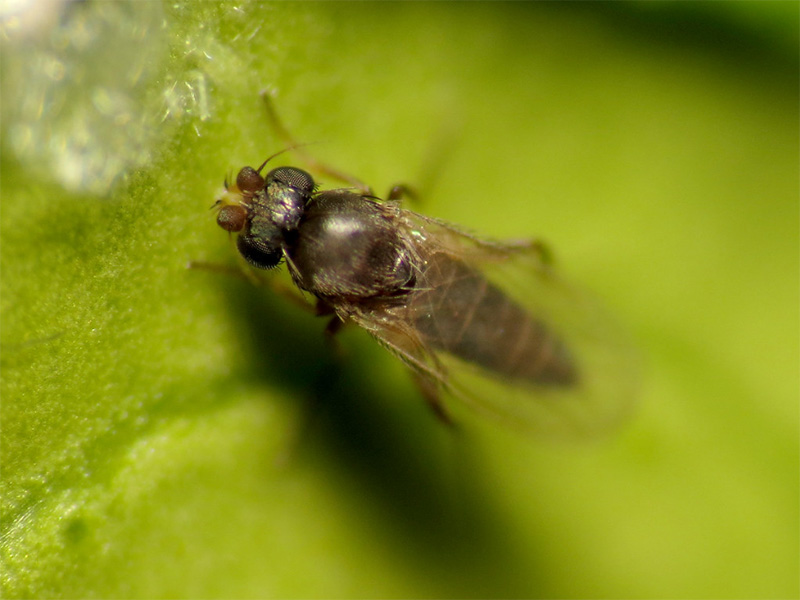DESCRIPTION
Phorid flies are small measuring – 0.5–6 mm in length. Their colours range from black or brown to a yellow, orange, pale grey and pale white colours. The head is usually rounded and in some, they are narrowed towards the vertex. The ocellar callus is swollen and highly raised above the surface of the vertex. The eyes are dichoptic in both males and females. The third segment of the antenna is large and rounded or elongated and bears a long apical or dorsal arista directed sideways. The arista is glabrous or feathered. The third antennal segment in some species is unique in shape. Sexual dimorphism is often shown in the shape and size of third segment of antennae, and in males, the antennae are usually longer. The proboscis is usually short and sometimes with enlarged labella. The proboscis may be elongated, highly sclerotized, and bent at an angle. Maxillary palpi vary in shape and are sometimes large (species of genus Triphleba). The groups of bristles are developed on the head. Two pairs of supra-antenna1 bristles, sometimes one, are completely reduced. Above these are antenna1 bristles closer to (but still some distance from) the margin of eyes. Three bristles are spaced along the margin of eyes-anterolateral mid-lateral and posterolateral.
LIFECYCLE
Phorid flies develop from eggs into larval and pupal stages before emerging as adults. The female lays from one to 100 eggs at a time in or on the larval food. She can lay up to 750 eggs in her lifetime. The time it takes from egg to adult varies on the species, but the average is about 25 days.
The larvae emerge in 24 hours and feed for a period between 8 and 16 days, before crawling to a drier spot to pupate. The phorid fly’s egg-to-adult lifecycle can be as short as 14 days but may take up to 37 days.
Other species, especially those of the giant genus Megaselia, develop in various fungi during their larval stage and maybe pests of cultivated mushrooms.
To arrange a free quote, contact your qualified team today.
(Reference – Atlas of Living Australia)


